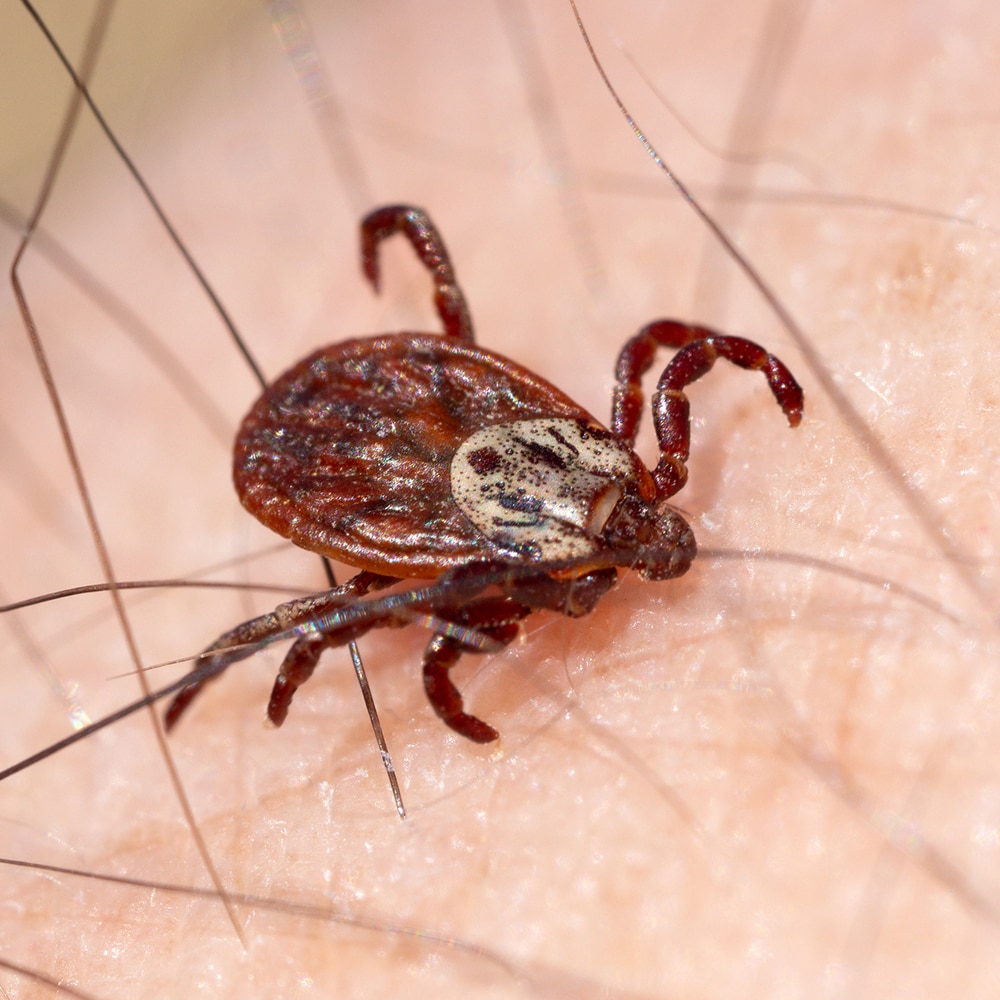Developing a vaccine against a tickborne hemorrhagic fever

With symptoms to rival Ebola, Crimean-Congo Hemorrhagic Fever (CCHF) is often as deadly. There is no approved medication to treat the disease, usually spread by ticks, and no proven vaccine. CCHF can also spread directly between people through contact with blood or other bodily fluids, and it can spread through animal blood. Early symptoms resemble flu and can include stomach pain and vomiting. CCHF often causes redness in the eyes, face, and throat; jaundice; vision and hearing problems; severe bruising; nose bleeds; and death.
NCEZID scientists are in the experimental stages of developing a new vaccine with promising initial results. A successful vaccine would help effectively fight CCHF, which currently infects people from Eastern Europe to Central Asia and Africa. NCEZID’s team made the vaccine by genetically engineering a fake, non-infectious version of the CCHF virus to train the immune system to fight the real virus. A single dose of the vaccine has proven 100% effective in protecting mice engineered to be susceptible to CCHF.